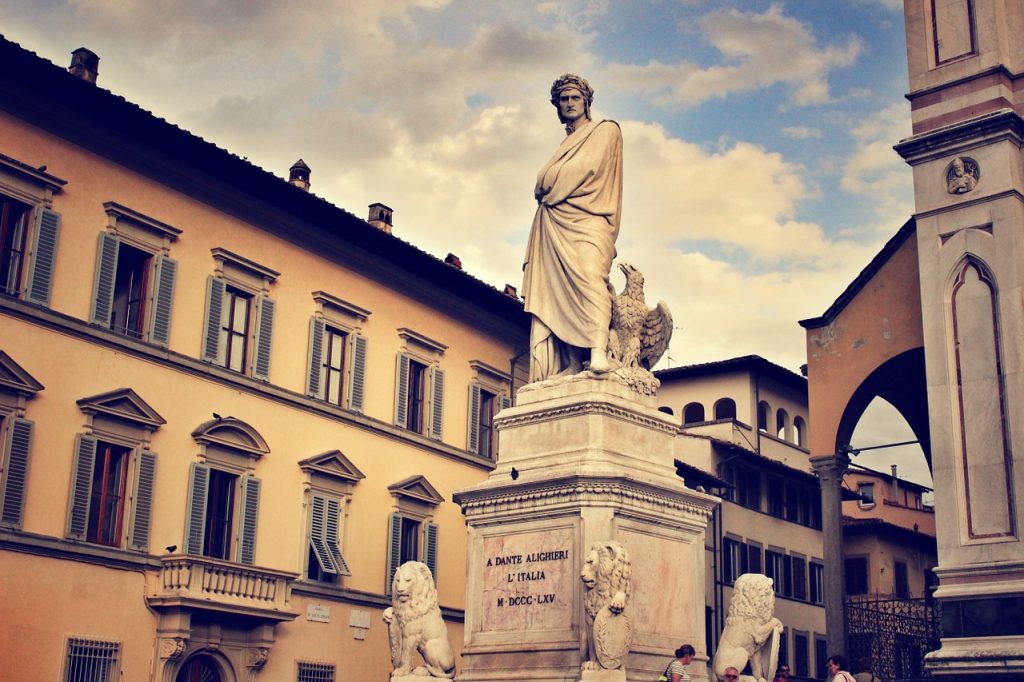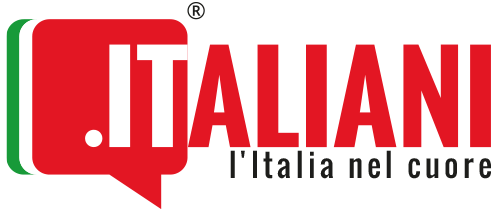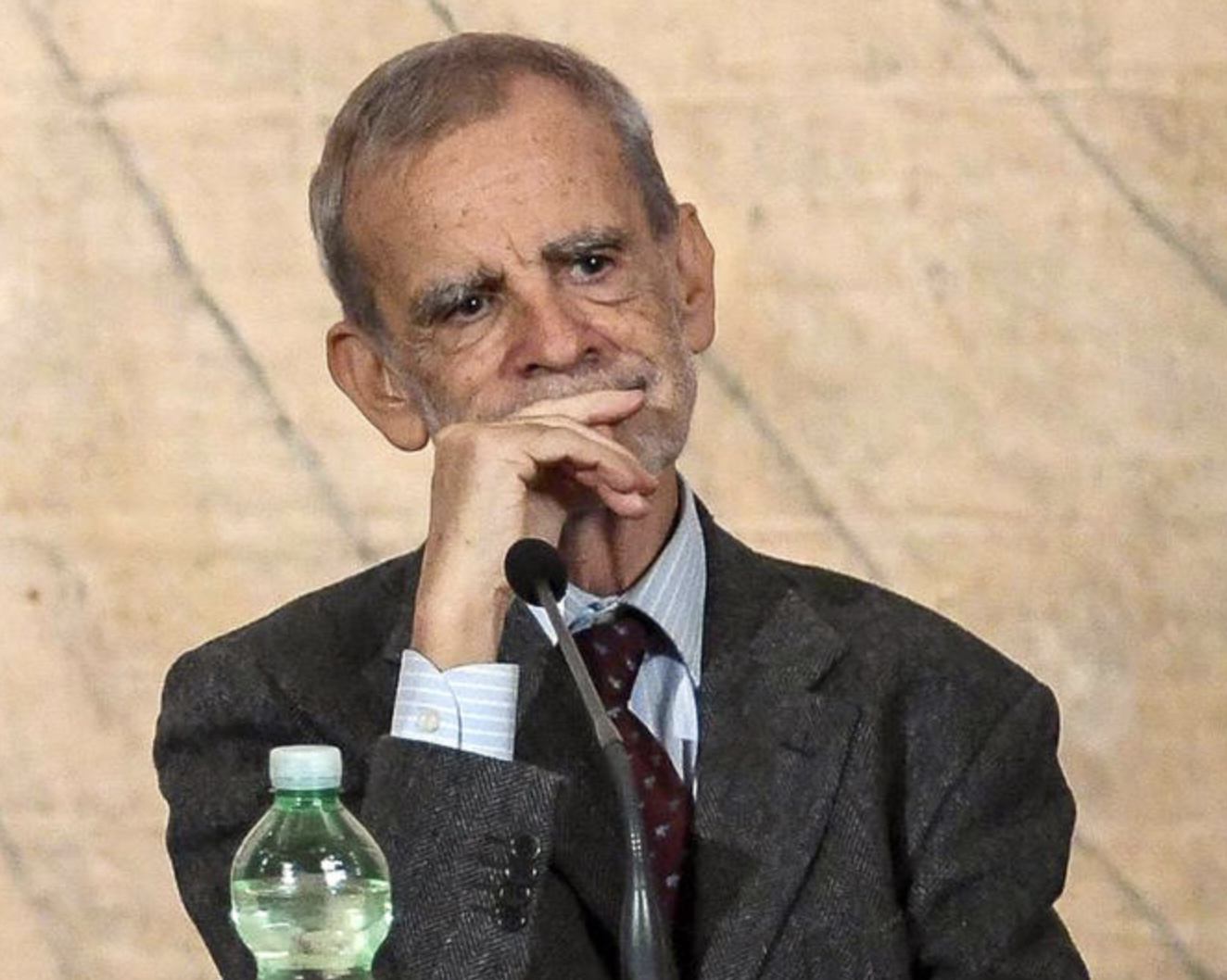Professor Luca Serianni was hit while crossing the pedestrian crossing in Ostia, at the intersection of via Isole del Capo Verde in front of via dei Velieri. The incident, which took place at 7,30 am on 18 July, caused a very violent impact and the conditions of the Italian linguist immediately appeared serious.
Luca Serianni, one of the greatest and most loved Italian linguists
Emeritus Professor of Italian Linguistics at the La Sapienza University of Rome, author of numerous works and partner of theBran Academy and Academy of the Lincei, in 2010 he was appointed vice president of Dante Alighieri Society. "In the seventies we witness a rise and a strong expansion of linguistics, which aspires to the role of guiding discipline also for distant epistemological sectors", writes Professor Serianni. In 2017, in the Faculty of Letters of Sapienza, Luca Serianni held his last lesson, bringing with him the valuable baggage of his historical grammar lessons. Serianni's students learned to write "himself”With the accent, knowing full well that this form is not an error at all, but rather it would even be preferable.

The grammar of the Italian language is divided into three branches: phonology and graphematics, morphology, syntax. "The compass that guides the path within morphology and syntax is the canonical division into parts of speech […]; in Italian there are nine, five variables [...] and four invariable " - writes Serianni. "The historical formation of Italian, born as a written language, has also conditioned the events of the modern language. Unlike French and Spanish, Italian - precisely because of its literary imprinting - is like a city full of crossroads with no road signs, where native citizens find their way around without difficulty, but strangers often ask themselves where to go.". Professor Serianni tells it in "First lesson of grammar“, One of his many successful literary works.
Italian, the language of change. Tribute to Luca Serianni
Italian is a Romance language that originates from Vulgar Latin. In ancient times, Latin had two forms: a literary form and a vulgar form. Classical Latin was practiced by the learned; the vulgar form was the usual expression of the people. The latter, due to its peculiarity as a "spoken" language - was more susceptible to changes and innovations than literary Latin. Latin has changed over time through a series of innovations that have taken place mainly in the era of Octavian Augustus and with the spread of Christianity. "The most recent grammars devote a lot of space to the difference between written and spoken words" - affirmed Serianni.

Italian is the continuation of the ancient Latin language, belongs to the Indo-European group of languages and today represents the fourth language studied in the world after English, Spanish and Chinese. "For those who have recently arrived in Italy, the language represents the first tool on the path of integration", are the words of the President of the Republic Sergio Mattarella to the General States of the Italian language in the world in its third edition. We should learn to see ourselves as the outcome of a complex historical evolution; integration is also about change.
Italian, this language as beautiful as it is complex
There are different types of Italian including: common Italian, spoken Italian, written Italian and finally the simplified variety of Italian with which you speak to foreign interlocutors. The latter is known under the name of foreigner talk. In Italy, dialects are also spoken. Italians can be defined bilingual because - in addition to Italian - they are usually able to speak a dialect as well.

"In the middle of the journey of our life I found myself in a dark forest, because the straight path was lost." The famous phrase, belonging to Dante Alighieri, represents the first verse of the Divine Comedy. It is an allegorical didactic poem written during the years of the author's exile in Lunigiana, datable between 1306-1321. The Divine Comedy, initially named only Comedy, represents a great classic of one of the most important authors in the history of the Italian language. Dante Alighieri is considered the father of the Italian language.
The love for the Italian spirit
Dante's Divine Comedy is considered the greatest work written in Italian and a masterpiece of world literature. But what is the compass today for orienting oneself in a language as beautiful as it is varied and difficult? "The compass that guides the path within morphology and syntax is the canonical division into parts of speech", writes Serianni. Especially in terms of grammar and textuality. In fact, even the most innovative grammatical descriptions have retained much of the traditional framework, whatever the perspective adopted.
Photo source in evidence: Ansa





